In an era where technology permeates every aspect of life, grief and mourning are no exceptions. The rise of artificial intelligence has given birth to a new phenomenon known as "digital widowhood," where AI-powered accounts of deceased loved ones offer a novel way for the bereaved to cope with loss. These digital recreations, often built from social media posts, messages, and voice recordings, allow mourners to interact with a simulated version of their departed partners, friends, or family members. This technological evolution is reshaping the landscape of grief, blurring the lines between memory and presence.
The concept of preserving a loved one’s digital footprint is not entirely new. For years, people have revisited old emails, voicemails, and social media profiles to feel connected to those they’ve lost. However, AI has taken this a step further by creating dynamic, responsive entities that can "converse" with the living. Companies like HereAfter AI and Project December have pioneered platforms that enable users to build chatbots modeled after the deceased. These tools analyze vast amounts of personal data to replicate speech patterns, mannerisms, and even humor, offering a semblance of continuity for those left behind.
For many widows and widowers, these AI recreations provide a form of solace that traditional mourning rituals cannot. The ability to "speak" with a lost spouse, even in a limited capacity, can ease the sharp pangs of loneliness that follow death. Some users report feeling a sense of comfort in hearing a familiar voice or receiving a response that feels authentically "them." In a world where grief is often isolating, these digital interactions can serve as a bridge between the past and the present, allowing mourners to process their emotions at their own pace.
Yet, the rise of digital widowhood is not without its ethical and psychological complexities. Critics argue that interacting with an AI version of a deceased loved one may hinder the natural grieving process. Grief, they contend, requires acceptance and eventual detachment, and the illusion of continued connection could prolong suffering or create unrealistic expectations. Psychologists caution that while these tools may offer short-term relief, they risk becoming a crutch that prevents individuals from fully confronting their loss. The line between healthy remembrance and unhealthy attachment is thin, and the long-term effects of this technology remain uncertain.
Privacy concerns also loom large in this emerging field. The data used to create these AI replicas often includes deeply personal messages, photos, and voice recordings—materials that were never intended for algorithmic interpretation. Questions arise about who owns this data after death and whether the deceased would have consented to their digital resurrection. Families may find themselves at odds over the creation or use of such accounts, particularly if opinions differ on whether the technology honors or exploits the memory of the departed.
Religious and cultural perspectives add another layer of nuance to the debate. Some traditions view the dead as sacred, and the idea of digitally recreating them could be seen as disrespectful or even taboo. Others may embrace the technology as a modern extension of ancestral veneration. The diversity of beliefs around death and the afterlife means that digital widowhood will be received differently across communities, raising questions about how to navigate these sensitivities in an increasingly connected world.
Despite the controversies, the demand for AI memorials is growing. The COVID-19 pandemic, which left millions grieving in isolation, accelerated interest in digital mourning tools. For those who couldn’t hold traditional funerals or say goodbye in person, these technologies offered an alternative way to feel close to their loved ones. As AI becomes more sophisticated, the interactions will likely grow more nuanced, potentially incorporating voice synthesis, video avatars, and even virtual reality environments where users can "meet" their departed in a simulated space.
The legal system is also beginning to grapple with the implications of digital widowhood. Estate planning now includes discussions about "digital wills," where individuals can specify what should happen to their online presence after death. Should an AI replica be maintained indefinitely? Who has the right to access or deactivate it? These questions highlight the need for clearer regulations around posthumous digital identities, as current laws often lag behind technological advancements.
At its core, the phenomenon of digital widowhood reflects a deeply human desire to transcend mortality. Throughout history, people have sought ways to keep their loved ones close—through photographs, keepsakes, and stories. AI memorials are simply the latest iteration of this timeless impulse. What remains to be seen is whether these digital echoes will heal or haunt, and how society will adapt to this new dimension of grief. As technology continues to evolve, so too will the ways we remember, mourn, and ultimately, let go.
The conversation around digital widowhood is just beginning. As more people turn to AI to cope with loss, the ethical, psychological, and cultural ramifications will become increasingly apparent. For now, these digital remnants serve as both a testament to love and a reminder of the enduring human struggle to reconcile with impermanence. Whether they represent progress or peril depends largely on how they are used—and who gets to decide.

By /Jul 28, 2025

By /Jul 28, 2025

By /Jul 28, 2025
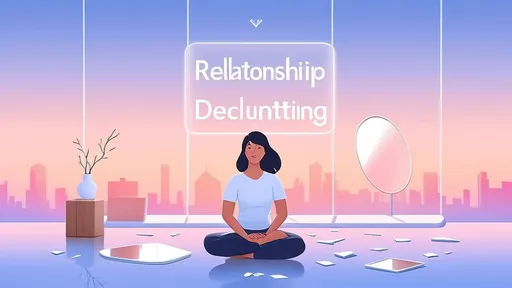
By /Jul 28, 2025
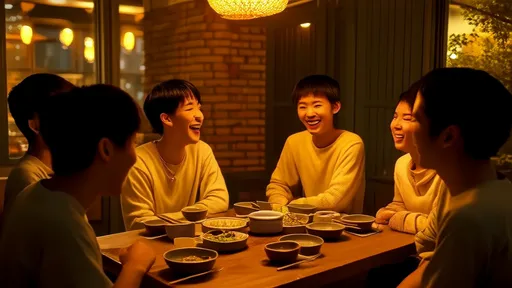
By /Jul 28, 2025
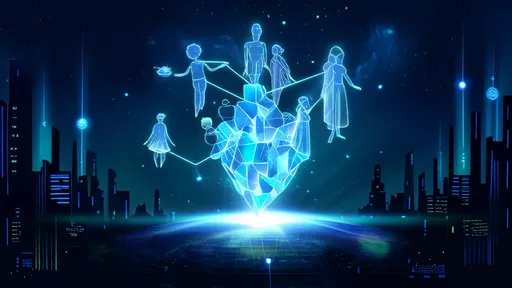
By /Jul 28, 2025
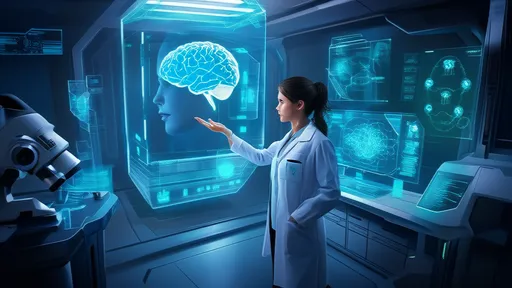
By /Jul 28, 2025

By /Jul 28, 2025
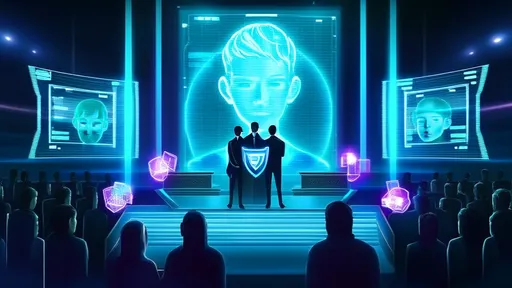
By /Jul 28, 2025
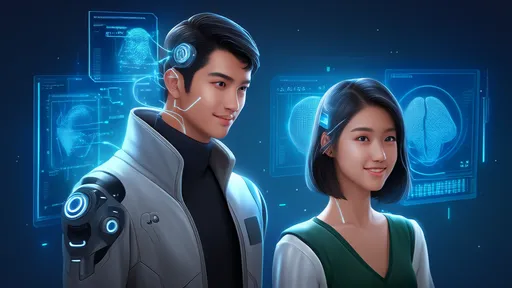
By /Jul 28, 2025

By /Jul 28, 2025

By /Jul 28, 2025

By /Jul 28, 2025
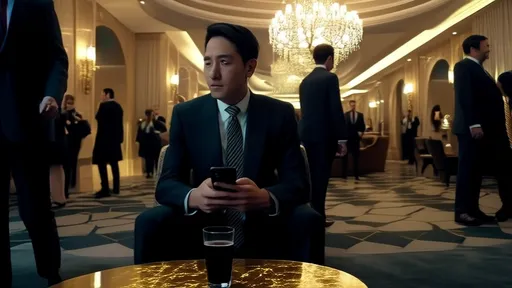
By /Jul 28, 2025
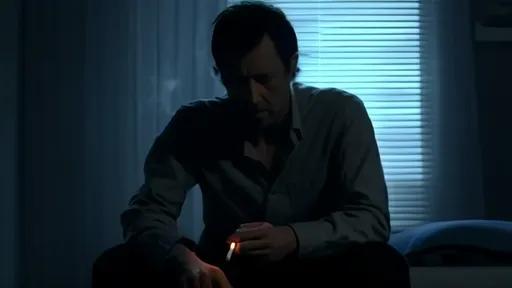
By /Jul 28, 2025

By /Jul 28, 2025

By /Jul 28, 2025
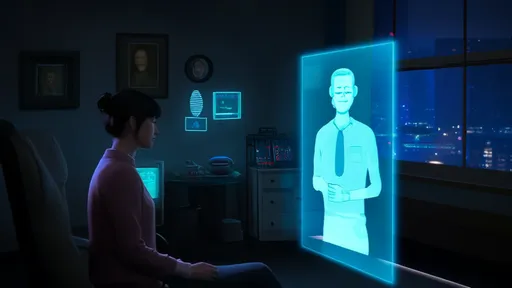
By /Jul 28, 2025

By /Jul 28, 2025
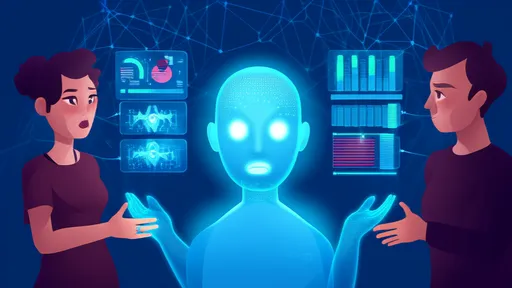
By /Jul 28, 2025